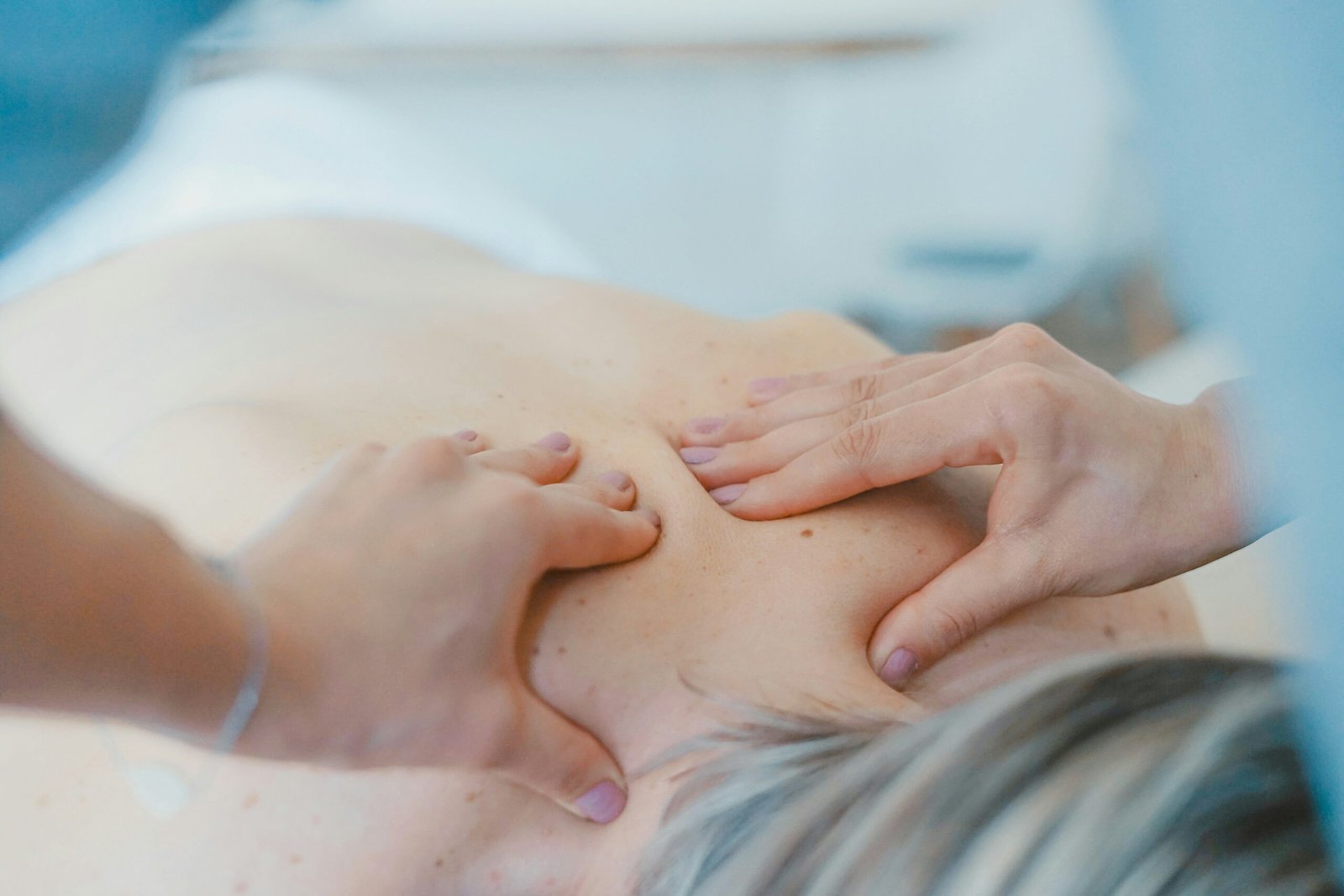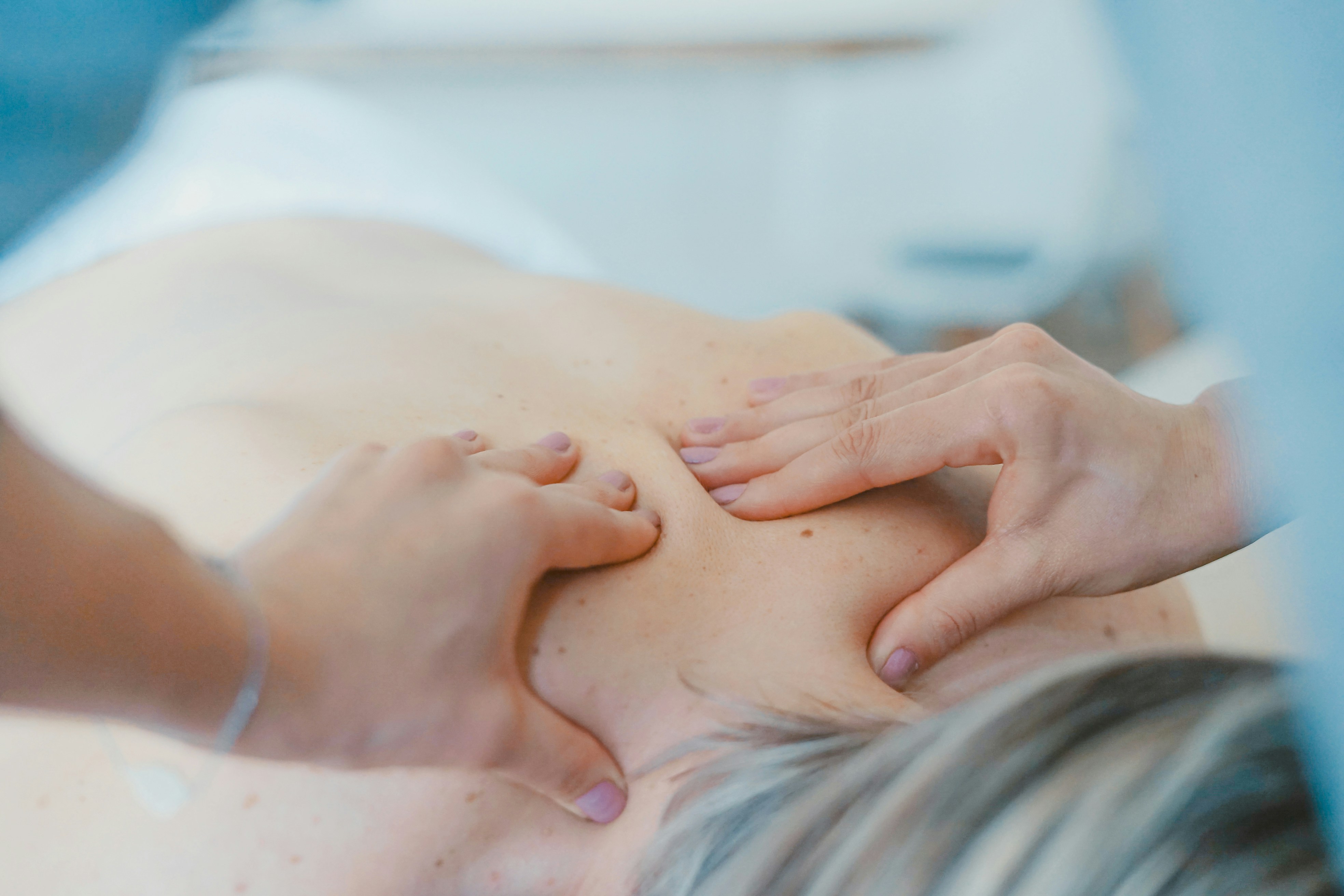Have you ever wondered what it would be like to combine two powerful practices like cold plunging and breathwork? It might sound intriguing, a bit challenging, or even intimidating. However, once you understand the process and science behind these practices, you’ll likely find yourself contemplating when to give it a try. Melding the invigorating effects of cold exposure with the calming and regulating power of focused breathing can lead to a unique synergistic experience that enhances both physical and mental well-being.
Understanding Cold Plunging
What is Cold Plunging?
Imagine scaling into a tub of icy water, feeling the initial shock gently giving way to a surprising sense of exhilaration. That’s cold plunging! Cold plunging, or cold water immersion, involves submerging the body in cold water typically ranging from 50 to 59 degrees Fahrenheit. This practice can boost circulation, improve recovery, and even elevate your mood.
The History of Cold Plunging
Centuries ago, people across diverse cultures recognized the healing potential of cold water. From the ancient Greeks to the Nordic individuals, civilizations embraced cold baths as a form of therapy. It’s fascinating to think how they tuned into nature’s simple, yet powerful, remedies long before we had clinical studies to back them up.
The Science Behind Cold Plunging
When you immerse yourself in cold water, your body undergoes a series of responses. The initial shock triggers a “fight or flight” response, releasing adrenaline and noradrenaline, which invigorates you and sharpens mental clarity. Over time, your body adapts, which can improve your resilience to stress.
The Art and Science of Breathwork
What is Breathwork?
It’s easy to take breathing for granted. Breathwork is a practice of controlling the breath to influence physical, mental, and emotional well-being. By consciously altering your breathing patterns, you can bring yourself to a more tranquil state or prepare your body and mind for greater challenges.
Exploring Different Breathwork Techniques
There are several techniques, each serving different purposes. From the fast-paced breath of fire in Kundalini yoga to the slow, mindful inhales and exhales of the 4-7-8 technique, each method offers its unique benefits. Finding what resonates with you can transform your everyday equilibrium.
Below is a simple comparison of different techniques:
| Technique | Benefits | How-To |
|---|---|---|
| Box Breathing | Reduces stress, improves focus | Inhale for 4, hold for 4, exhale for 4, hold for 4. Repeat as needed. |
| 4-7-8 Breathing | Calming, helps with sleep | Inhale for 4, hold for 7, exhale for 8. Continue for four breath cycles. |
| Breath of Fire | Increases energy, promotes clarity | Rapid, rhythmic breath through the nose, focusing on forceful exhales. |
The Science of Breathwork
The human autonomic nervous system is deeply connected to how we breathe. By consciously breathing, we can activate the parasympathetic nervous system, reducing stress levels and promoting relaxation. The understanding and practice of these techniques have grown, thanks to emerging scientific research and anecdotal evidence.
Combining Cold Plunging with Breathwork: The Basics
Why Combine These Practices?
Both practices complement each other beautifully. Cold plunging invigorates the body, while breathwork centers the mind. When combined, they can heighten each other’s effects, leaving you not only energized but also grounded.
Preparing for Your First Combined Session
Before you start, understand your body’s limits. It’s crucial to approach this combined practice with mindfulness and respect for your physical responses. Begin by doing a few sessions of each practice individually to familiarize yourself with their unique sensations and challenges.
Safety First!
Never underestimate the power of cold water and breathwork. They are simple yet potent, and safety should always be a priority. Start slow, listen to your body, and never push beyond your comfort zone without proper guidance.
Step-by-Step Guide to a Session
Step 1: Setting the Environment
Find a location where you feel comfortable and undisturbed. Whether it’s your bathroom, a local gym with a plunge pool, or a crisp mountain stream, ensure the environment feels safe and serene for you.
Step 2: Preparing Your Body and Mind
Warm up slightly, do some light stretching or yoga to alleviate tension in your muscles. Follow this with a few minutes of mindful and gentle breathwork to center your mind. This step is about transitioning from the bustling world to a state of focus and calm.
Step 3: Entering the Cold Water
When you first dip into the cold water, your breath might catch. Instead of fighting it, use breathwork to guide you. Slow your breathing, lengthen your exhales, and discover the steadiness within your own breath.
Step 4: Practicing Breathwork in the Cold
Once submerged, continue the breathwork technique that feels right for you. Embrace any discomfort or challenge as an opportunity to deepen your practice and awareness of your body’s resilience.
Step 5: Transitioning Out of the Water
When it’s time to come out, transition gently. Use measured and deliberate breaths to guide your body back to warmth. This reaffirms the control you have over your physiological responses.
Step 6: Warming Up
Post-plunge, dry off briskly and dress warmly. Allow your body to slowly regain its natural warmth, layering with blankets if needed. Integrate more calming breathwork if necessary to bring your heart and mind back to balance.
Benefits of Combining Cold Plunging with Breathwork
Enhanced Mental Clarity
Experiencing these practices in tandem can sharpen your focus and mental acuity. The immediate response of cold water combined with mindful breathwork integrates the body’s systems, leaving the mind clearer and more alert.
Increased Stress Resilience
By regularly exposing your body to this controlled stress in a secure environment, you train it to deal better with stress in everyday life. The mental discipline honed in breath control carries over into everyday pressures, helping you navigate them with calm and poise.
Improved Physical Recovery
Cold water immersion is renowned for reducing inflammation and speeding up muscle recovery, especially useful after intense physical activities. With breathwork, this recovery process is supported further, facilitating faster return to normality after physical exertion.
Building a Routine
Starting Small and Building Up
Your journey with cold plunging and breathwork should begin modestly. Start with brief immersions and simple breathwork techniques, incrementally increasing duration and complexity as your comfort grows.
Listening to Your Body
Once you’ve begun a regular routine, continuously check in with your body’s responses. Some days, the cold will feel tougher, or the breath might be more stubborn. Adapt accordingly, ensuring the practice suits your current state.
Tracking Your Progress
Keep a journal or log of your sessions. Note the lengths, techniques used, and how you felt before and after. This reflection can provide insights into your growth and how each practice affects you over time.
Integrating this Practice into Daily Life
Balancing with a Busy Schedule
Even with a packed schedule, you can find moments to benefit from these practices. A quick cold shower in the morning paired with a brief bout of breathwork can set a positive tone for the day ahead.
Encouraging Mindful Living
Consistency in these practices naturally encourages a mindful approach to life. You’ll find yourself becoming more aware of your physiological responses, leading to deeper insights and a richer, more conscious existence.
Common Challenges and Overcoming Them
Facing the Initial Shock
When starting, many shy away from the cold or struggle with breath control under pressure. Acknowledge these feelings. Dedicate time to understanding and gently pushing past these barriers, retraining your response one step at a time.
Maintaining Consistency
Life can be busy and maintaining a regular practice may occasionally falter. Be forgiving of yourself. Each session counts, and even infrequent practice can bring benefits.
Ensuring Safety Always
If you have any medical conditions, consult a healthcare professional before starting these practices. Ensuring safety is paramount; it allows you to explore the depths of cold plunging and breathwork without unnecessary risk.

Exploring the Future of Cold Plunging and Breathwork
Emerging Trends
Both cold plunging and breathwork are garnering more attention, and new hybrid methods constantly emerge. Whether it’s adding meditation or other holistic practices, the landscape is ever-evolving with exciting possibilities.
The Role of Technology
Today, technology offers tools from smart sensors to augmented reality experiences that can enhance these practices. Imagine a device that guides your breath rate while monitoring your cortisol levels post-cold plunge. The integration of tech with traditional practices might open new doors to personal growth and wellness.
Combining cold plunging and breathwork may seem an unexpected duo at first. However, taking the leap allows you to harness the remarkable physiological effects of both in a harmonious practice. Whether you’re seeking an exhilarating refresh or a grounded calm, this synergy can be a powerful addition to your wellness journey. Trust in the process, and let these practices guide you to new depths of understanding and control.




